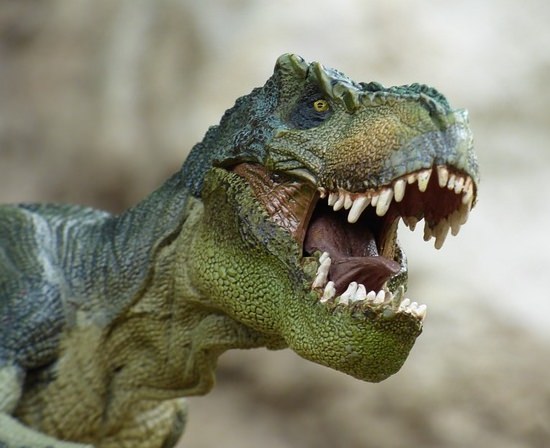Could dinosaurs were noisy but didn’t sing or roar.
Scientists know this after the recent discovery of the oldest known vocal organ of a bird, found in an Antarctic fossil of an ancestor of ducks and geese that lived more than 66 million years ago during the last days of dinosaurs. No dinosaur of that era had it.
The discovery of the Cretaceous-era vocal organ, called a syrinx, and its apparent absence in nonavian dinosaur fossils of the same age, indicates the organ may have originated late in the evolution of modern birds, and that other dinosaurs may not have been able to make noises similar to the bird calls heard today, according to findings published in Nature Wednesday (Oct. 12) by an international team of paleontologists that included Horn Professor Sankar Chatterjee, curator of paleontology at the Museum of Texas Tech University.
Like a goose or a duck
The scientists, led by Julia Clarke (University of Texas at Austin), believe the syrinx fossil belonged to a bird known as Vegavis iaai which inhabited the Vega Island on the Antarctic Peninsula. They used X-ray computed tomography to study the syrinx and compare it to data from younger fossils and twelve living birds. This allowed them to reconstruct the evolution of this complex organ and examine its three dimensional structure.
The structure of the syrinx and the position of Vegavis in the evolutionary tree suggest that the bird had an ability to produce honks and other simple sounds to communicate, which are typical of ducks and geese.
The most important question raised by this study is perhaps why the syrinx fossil record is so poor. The scientists’ hypothesis is that the syrinx represents a feature that evolved relatively late in the bird lineage compared with feathers and flight, which is why very old syrinx fossils are so hard to find.
It is possible that the syrinx is a defining avian feature and that it was crucial to the important diversification of birds that we still see today.
Because birds are direct descendants of dinosaurs, the discovery could have implications for working out how their ancestors sounded. “This finding helps explain why no such organ has been preserved in a non-bird dinosaur or crocodile relative,” Clarke said. “This is another important step to figuring out what dinosaurs sounded like as well as giving us insight into the evolution of birds.”
Christopher B. Taub













